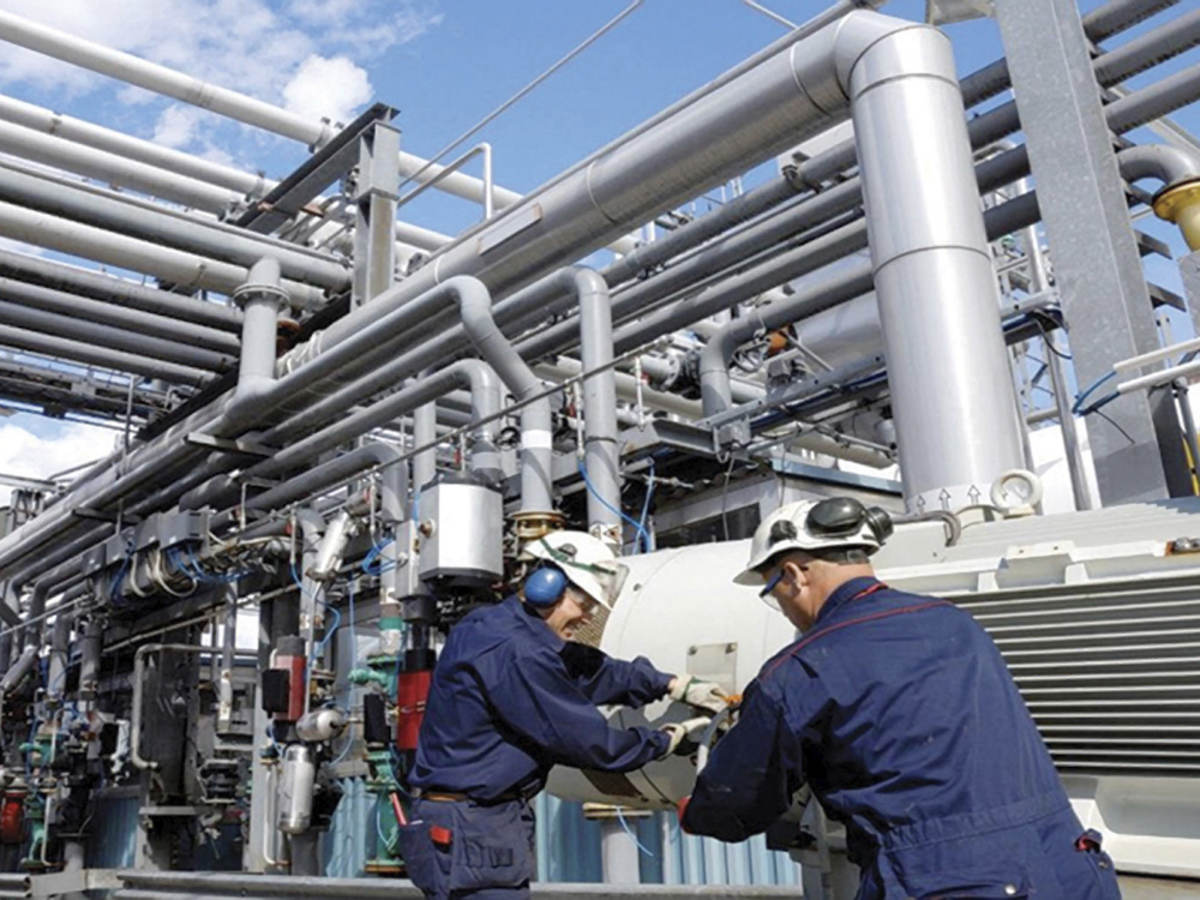Hazardous Environments Roblox Id

The physical environments that might pose risks to crew safety on Mars fall into three categories: geologic, atmospheric, and radiation. This chapter elaborates on each of those categories in light of what is currently known about the hazards and what needs to be known in order to establish confidence in the safety of human missions to Mars. Powered by Create your own unique website with customizable templates.
Hazardous Environment Classification
Addressing: The Four Categories of Human Environmental Hazards
Everest Online University
EVS1001-26
Environmental Science
Professor Deborah Builder September 6th, 2012
The Four Categories of Human Environmental Hazards
There are many exposures to hazards in our environment today that brings along the risk of an injury, different types of diseases, and even in some cases death. These hazards are called human environmental hazards. There are four categories to human environmental hazards which we will discover and discuss further in detail and they consist of cultural hazards, biological hazards, physical hazards, and chemical hazards (Wright & Boorse, 2011).
We first begin with Cultural Hazards. Cultural hazards can result…show more content…
The second environmental hazard we will look at is Biological Hazards. Up until around the 19th and 20th centuries, the world became overwhelmed with serious issues such as pathogenic bacteria and viruses that took millions of people lives. We now have available medicines and shots that have disposed of many of these childhood sicknesses such as polio and smallpox (Wright & Boorse, 2011). But the battle is not over, every person in every society are hosts to pathogenic bacteria, fungi, viruses, protozoans, and worms. There are approximately one-fourth of these deaths that are due to serious issues such as infectious and parasitic diseases. The leading causes of death are from acute respiratory infections and pneumonia has been by far the most deadliest and serious of them all (Wright & Boorse, 2011).
The third environmental hazard is Physical Hazards. These types of hazards occur naturally, and are the outcome of hydrological, meteorological, or geological forces. Physical hazards are natural disasters such as hurricanes, volcanic eruptions, twisters, tsunamis, earthquakes, and floods (Wright & Boorse, 2011). These hazards can come from nowhere and have little to no warnings before they hit. Natural hazards are usually experienced by the least fortunate also known as the poor who are not able of dealing with their effects of these disasters. Climate change can and probably will have an effect on the
Everest Online University
EVS1001-26
Environmental Science
Professor Deborah Builder September 6th, 2012
The Four Categories of Human Environmental Hazards
There are many exposures to hazards in our environment today that brings along the risk of an injury, different types of diseases, and even in some cases death. These hazards are called human environmental hazards. There are four categories to human environmental hazards which we will discover and discuss further in detail and they consist of cultural hazards, biological hazards, physical hazards, and chemical hazards (Wright & Boorse, 2011).
We first begin with Cultural Hazards. Cultural hazards can result…show more content…
The second environmental hazard we will look at is Biological Hazards. Up until around the 19th and 20th centuries, the world became overwhelmed with serious issues such as pathogenic bacteria and viruses that took millions of people lives. We now have available medicines and shots that have disposed of many of these childhood sicknesses such as polio and smallpox (Wright & Boorse, 2011). But the battle is not over, every person in every society are hosts to pathogenic bacteria, fungi, viruses, protozoans, and worms. There are approximately one-fourth of these deaths that are due to serious issues such as infectious and parasitic diseases. The leading causes of death are from acute respiratory infections and pneumonia has been by far the most deadliest and serious of them all (Wright & Boorse, 2011).
The third environmental hazard is Physical Hazards. These types of hazards occur naturally, and are the outcome of hydrological, meteorological, or geological forces. Physical hazards are natural disasters such as hurricanes, volcanic eruptions, twisters, tsunamis, earthquakes, and floods (Wright & Boorse, 2011). These hazards can come from nowhere and have little to no warnings before they hit. Natural hazards are usually experienced by the least fortunate also known as the poor who are not able of dealing with their effects of these disasters. Climate change can and probably will have an effect on the

